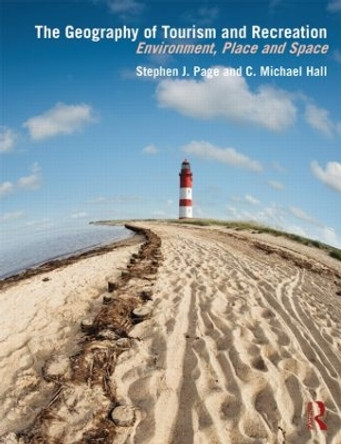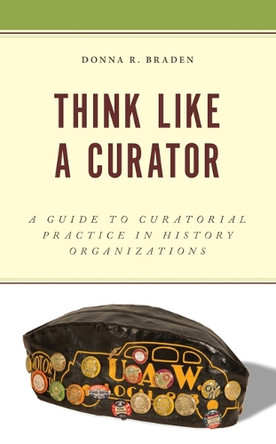Historical environments delight visitors because of their ability to make them feel transported to another time and place. These environments, found in both museum exhibitions and historic structures, are usually rich with objects that hint at deeper stories and context. But these spaces often lack rigor in terms of historical and interpretive methodology, along with a thoughtful and purposeful integration of storytelling principles. Spaces That Tell Stories: Creating Historical Environments offers a fresh look at historical environments, providing a roadmap for applying this rigor and integrating these principles into the creation of such environments. It begins by delving into the power of these environments for museum visitors, drawing upon multiple cross-disciplinary fields. An in-depth how-to methodology follows, which begins with the steps of framing the project by aligning it with institutional goals, defining audiences, involving visitor studies, and inviting community engagement. It continues through the steps of researching, creating, interpreting, refining, and evaluating the impact of the environment. The author's methodology is applicable to environments in both historic structures and museum exhibits from different eras, places, and topics. It is also scalable to museums' varying sizes and budgets. To give a sense of how the methodology laid out in this book translates into real-world practice, detailed case studies appear throughout, along with practical tips, checklists, charts, descriptive photographs, and source lists. An extensive bibliography follows. Spaces That Tell Stories: Creating Historical Environments is a unique contribution to the museum field. It is a must-read for museum professionals installing or upgrading historic environments, while the methodology and case studies also offer practical strategies for other museum professionals working with collections, exhibitions, and interpretation (and how these are integrated), thoughtful insights into museum practice for students, and a helpful toolkit for local historians.
About the AuthorDonna R. Braden, Senior Curator and Curator of Public Life at The Henry Ford in Dearborn, Michigan, has spent more than four decades in the museum field. Both at The Henry Ford and as an independent consultant, her career has cut across numerous aspects of museum practice, including material culture expertise, collections development and analysis, historical research, interpretive planning, exhibition development, and visitor studies. Her creation of rigorously researched, story-based environments in both museum exhibitions and historic structures stands out as a benchmark of the integration between these disciplines.
ReviewsAt a time when audiences are craving immersive, meaningful experiences, Donna Braden is ready to help history museums of all sizes share history in ways that meet those audience needs. This audience-focused approach permeates the book, providing expert and explicit guidance on how to develop your immersive experiences with meaning and integrity. -- Susie Wilkening, Principal at Wilkening Consulting
This engaging guide by a veteran curator and exhibit developer methodically takes the reader step-by-step through the process of creating immersive historical spaces, replete with several successful, concrete examples from some of America's most innovative museums. -- Tom Kelleher, Historian, and Curator of Mechanical Arts
This book reminds us that history doesn't exist outside of the present, that a primary act of thinking historically is to recreate the past in the imagination. In practical, systematic examples and techniques grounded in learning theory, Braden shows how our museums and historic sites can stimulate high levels of engagement and understanding through rich, immersive experiences. -- Daniel Spock, independent museum consultant
Book InformationISBN 9781538111031
Author Donna R. BradenFormat Paperback
Page Count 208
Imprint Rowman & LittlefieldPublisher Rowman & Littlefield
Weight(grams) 345g
Dimensions(mm) 231mm * 156mm * 13mm






